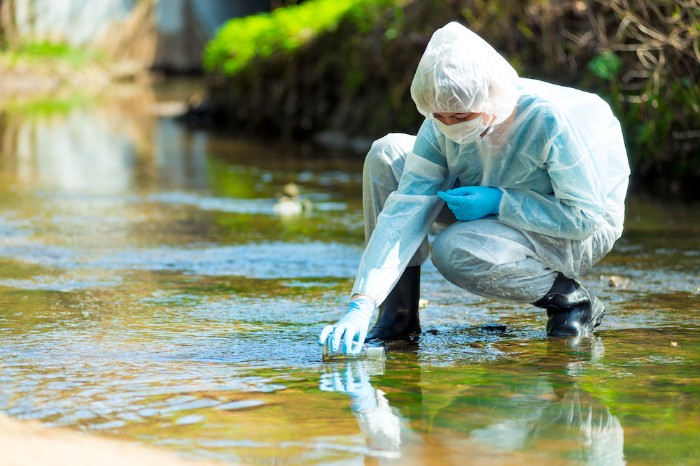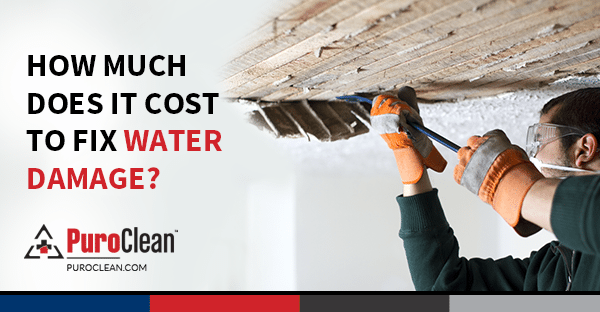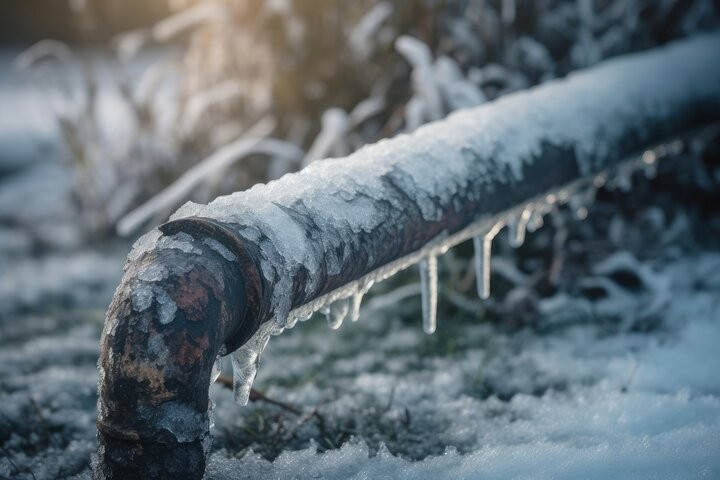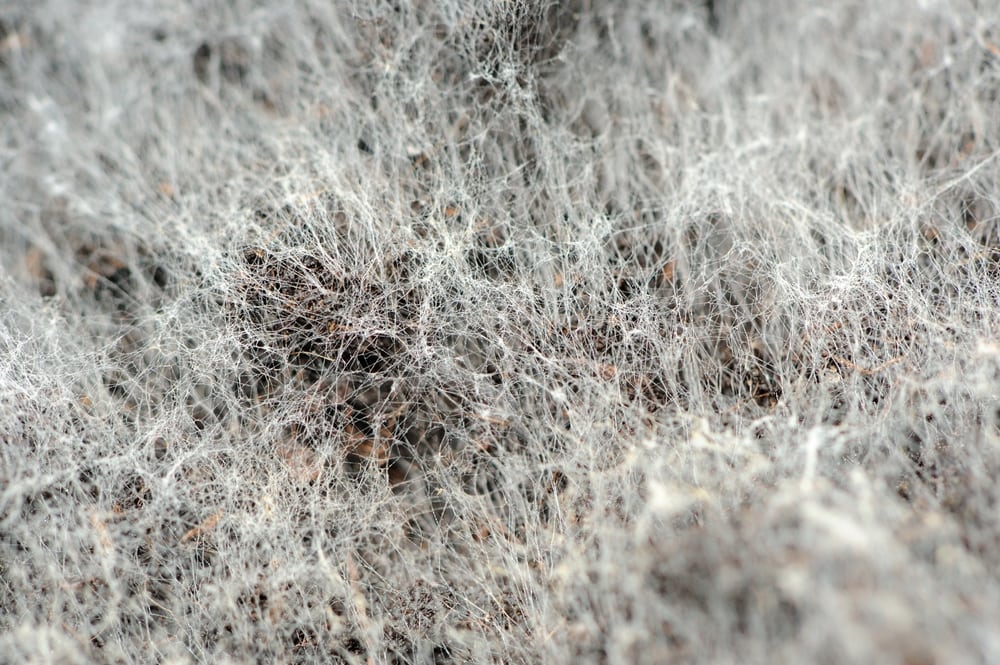Clean, safe drinking water is an essential cornerstone for healthy communities and thriving environments. However, water contaminants can sometimes be found in water. Understanding what these are, how contaminants can enter water sources, and how they can be prevented is the first step to protecting ourselves, our loved ones, and our environment.
What Are Water Contaminants?
Water contaminants are substances and materials that degrade the quality of water. In turn, these water contaminates make water unsafe to drink, bathe in, and cook with. Water contaminants can be chemical, biological, or natural. Common contaminants are:
- Pesticides, fertilizers, and chlorine.
- Bacteria, Viruses, and Parasites.
- Uranium, Radon, and Mercury.
- Dirt and Debris.

Specific Water Contaminants in North Carolina
North Carolina has seen multiple water contamination issues in previous years. Some of those contaminants have been:
- PFAS: These are more commonly known as “forever chemicals”. PFAS have been found in Haw, Deep, and Cape Fear Rivers. Their presence has increased due to industrial discharge, and can cause liver damage, cancer, and immune problems.
- Arsenic and Hexavalent Chromium: Both heavy metals have been found near coal ash ponds and in nearby groundwater and private wells.
- Bacteria and E. Coli: After North Carolina’s seasonal storms, bacteria from animal waste and sewage can contaminate lakes and rivers.
- Nitrates: Typically due to agricultural runoffs, high nitrate levels can be found in water. These nitrates can pose health risks for everyone, especially infants.

Why Do Water Contaminates Occur in North Carolina (and Everywhere)?
Several factors can lead to water contamination, including:
- Industrial Activities: Industrial discharge from factories and chemical plants can contaminate nearby bodies of water.
- Agriculture: The use of pesticides and fertilizer can flow into streams and rivers following periods of rain.
- Urban Runoff: Rainwater in cities can pick up litter, oil, and other pollutants from roads and walkways.
- Aging Infrastructure: Once pipes and treatment facilities age, they can fail to filter out contaminants.
- Natural Sources: Some contaminants, like arsenic or radon, occur naturally in soil and can seep into water.
6 Steps to Prevent Water Contamination
Preventing water contamination includes personal involvement along with community efforts. Here are six steps recommended by PuroClean.
- Properly Dispose of Household Waste:
- Never pour chemicals, oils, or medications down the drain or toilet. Call local hazardous waste collection programs instead.
- Limit Pesticide and Fertilizer Use:
- Use natural alternatives and apply chemicals sparingly to reduce runoff into water sources.
- Maintain Septic Systems:
- Regular inspections and maintenance of septic tanks prevent leaks that could contaminate groundwater.
- Support Clean Water Legislation:
- Advocate for strong environmental protections, pollution controls, and funding for water infrastructure upgrades.
- Participate in Water Monitoring:
- Get your well water tested annually. In community systems, stay informed about water quality reports.
- Protect Natural Buffers:
- Plant trees and vegetation along streams and rivers. These natural buffers help filter pollutants before they reach the water.





 PuroClean Emergency Property Restoration
PuroClean Emergency Property Restoration